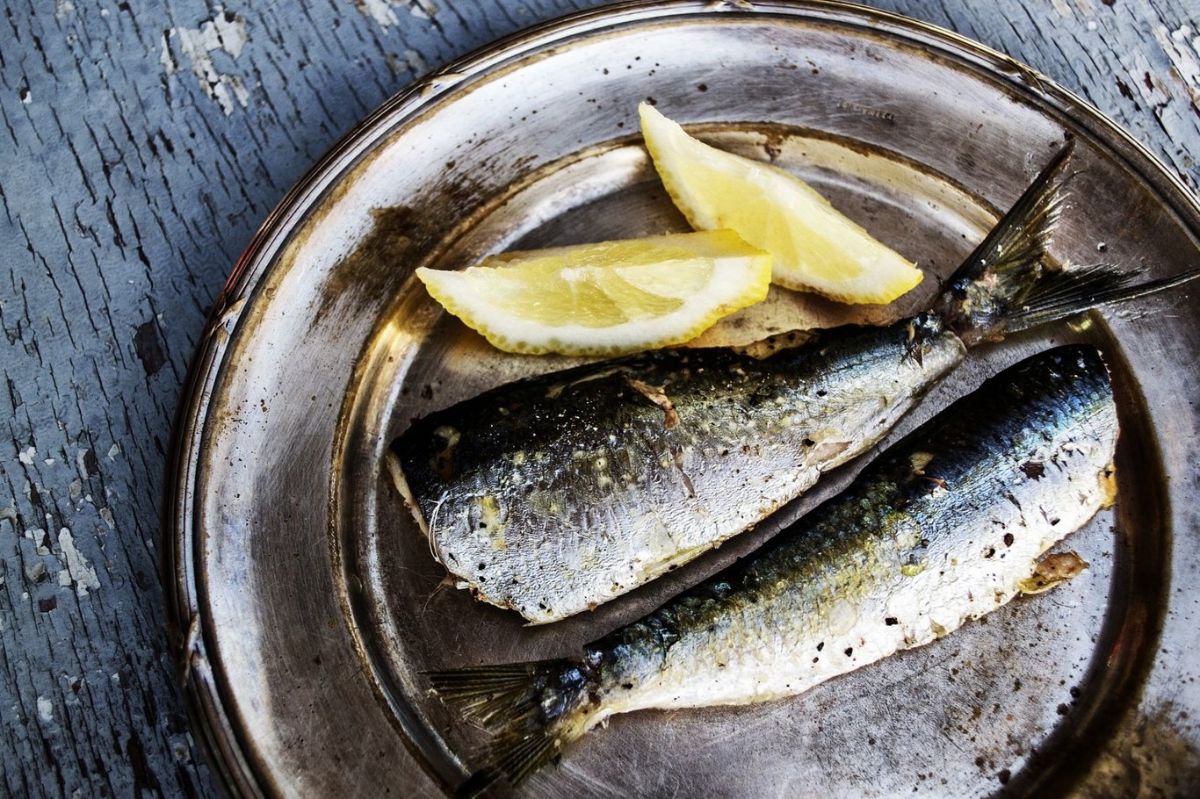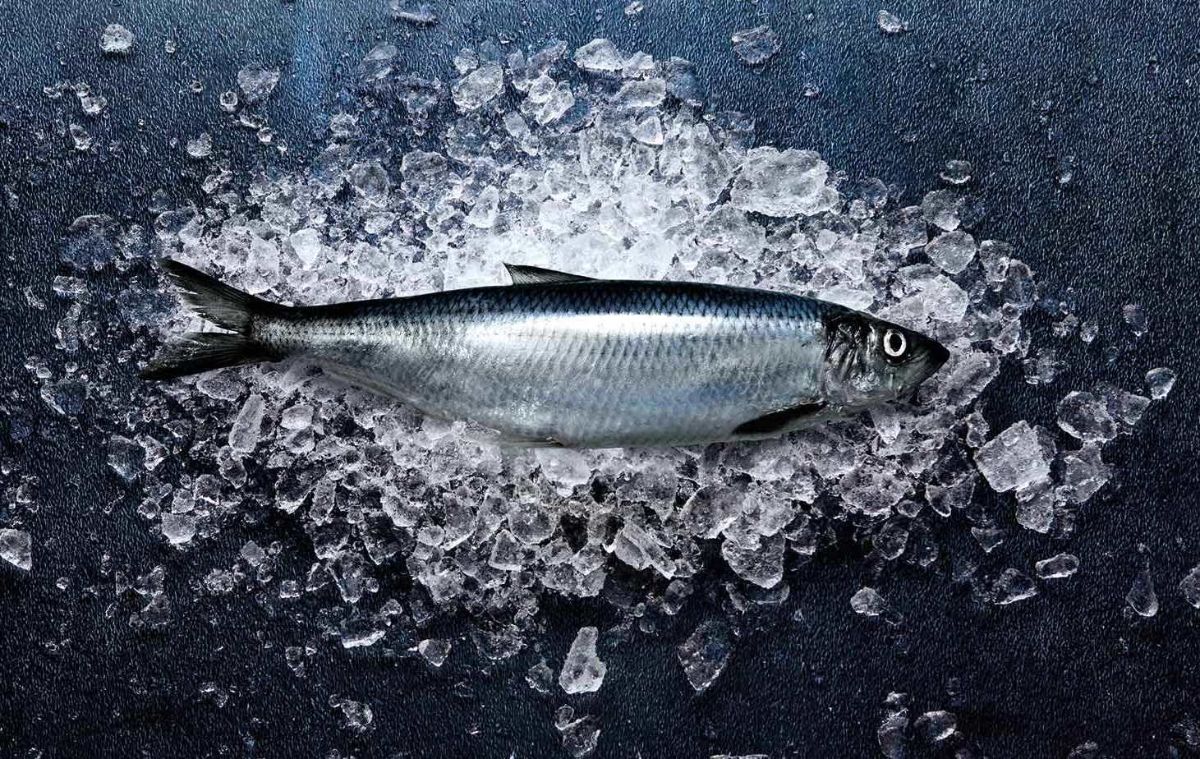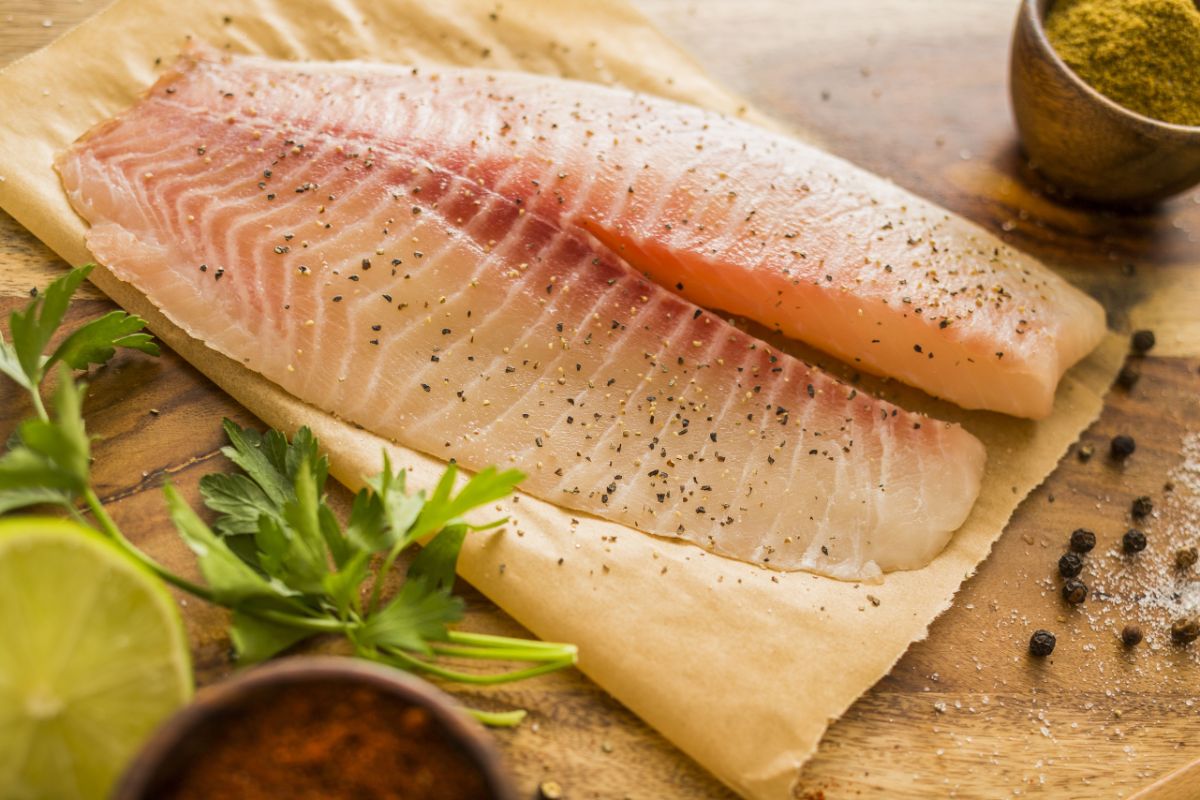Which fish is the most useful for humans — Top 10 species
Almost any fish is high in protein and valuable omega-3 fatty acids, as well as a number of vitamins and minerals.
According to various scientific sources, regular consumption of fish is associated with good health and longevity. There is a decrease in the risk of developing cardiovascular, autoimmune and malignant diseases.
There are some varieties of fish that are significantly distinguished by the content of valuable nutrients (fatty acids, proteins, minerals, vitamins).
10 most useful types
Below you will find a list of 10 species of fish that are considered the most beneficial to the human body.
1. Wild salmon
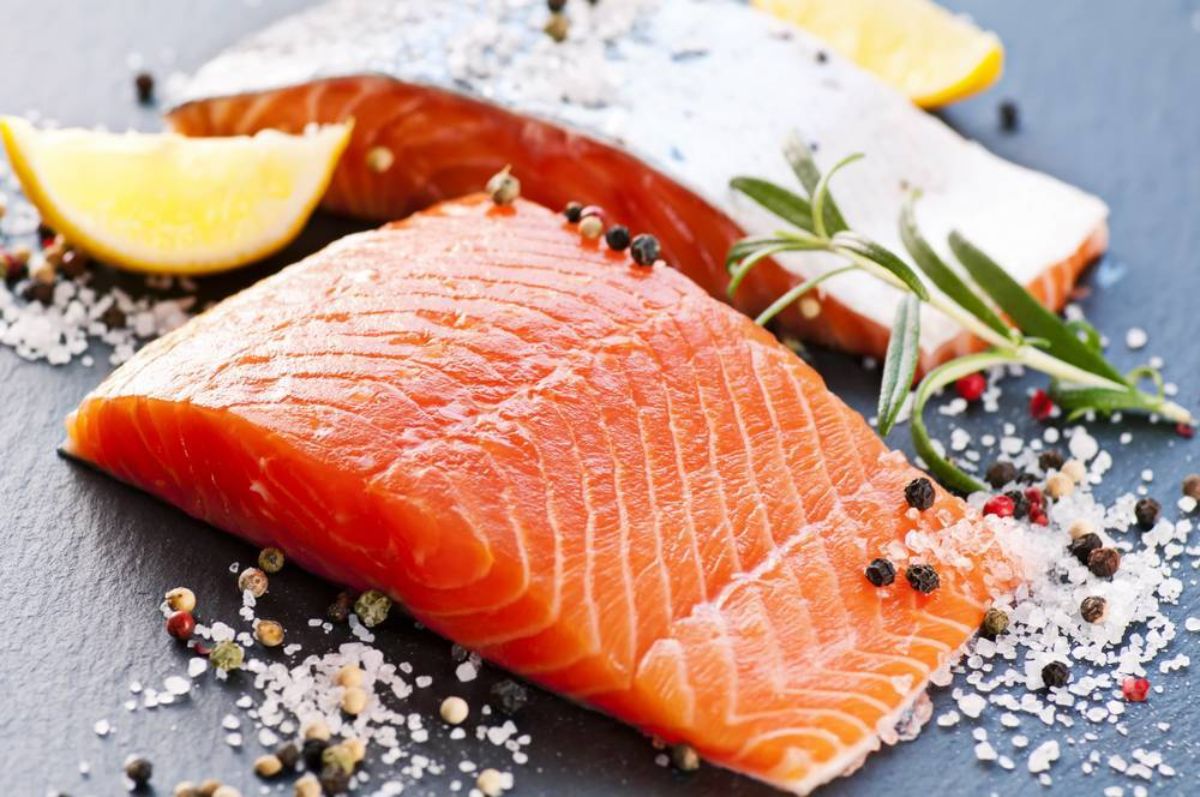
Any kind of salmon rich the most valuable omega-3 fatty acids, which reduce the risk of developing pathologies from the heart and blood vessels, obesity, type II diabetes and cancer.
Also in fatty red fish is celebrated high concentration of vitamin D, which is involved in maintaining bone strength and regulation sleep.
Wild salmon is also rich in calcium, which is the main bone building material .
2. Salmon (Atlantic salmon)
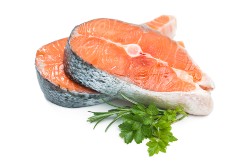 Salmon or Atlantic salmon is a valuable fish that contains large amounts of vitamins D and group B, omega-3 fatty acids and selenium.
Salmon or Atlantic salmon is a valuable fish that contains large amounts of vitamins D and group B, omega-3 fatty acids and selenium.
Proven that salmon has a beneficial effect on brain function ( Improves memory and attention), depressing chronic inflammation, preventing the formation of cancer and a number of chronic pathologies. She also promotes weight loss.
Salmon improves the functioning of the central nervous system and helps to reduce body weight.
3. Tuna
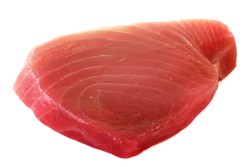 Any type of tuna (with the exception of bluefin) contains much less mercury compared to other types of fish, which makes it a safe product.
Any type of tuna (with the exception of bluefin) contains much less mercury compared to other types of fish, which makes it a safe product.
As part of tuna available the mass of proteins (up to 22 grams per 100 grams of tuna), vitamins (D and group B), selenium, cobalt, and omega-3 acids.
Regular consumption of tuna related with a low incidence of diseases from the thyroid gland, heart and blood vessels, central nervous system, as well as from decrease body weight.
4. Rainbow Trout
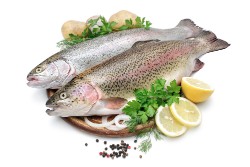 Rainbow trout contains practically no harmful chemicals (mercury, etc.), but is rich in valuable proteins with essential amino acids.
Rainbow trout contains practically no harmful chemicals (mercury, etc.), but is rich in valuable proteins with essential amino acids.
Due to its low fat content and abundance of proteins, it is a component of sports diets.
Scientists claim that against the background of the systematic inclusion of trout in the diet, atrophic diseases of muscle tissue (sarcopenia) are less common, the frequency of which increases with age.
Fish is also rich in vitamin B12, which is necessary to ensure the processes creating red blood cells in the red bone marrow and transmission of nerve impulses.
5. Pacific halibut
 Halibut is a rich source of protein, vitamin D and potassium.
Halibut is a rich source of protein, vitamin D and potassium.
Proteins and vitamin D are responsible for the integrity and functional activity of the musculoskeletal system, and potassium, in combination with omega-3 fatty acids, takes part in the regulation of blood pressure.
With constant consumption of white fish, relaxation of vascular smooth muscle tissue and a decrease in blood pressure are observed.
Halibut also reduces cholesterol levels , providing prevention of various diseases associated with atherosclerosis (coronary heart disease, strokes and myocardial infarction).
6. Mackerel
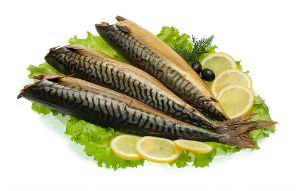 Mackerel is a white fish with a rich taste. It is a leader in the content of omega-3 polyunsaturated fatty acids and vitamin B12.
Mackerel is a white fish with a rich taste. It is a leader in the content of omega-3 polyunsaturated fatty acids and vitamin B12.
It can be used to prevent anemia caused by diseases of the gastrointestinal tract.
Mackerel promotes recovery brain functions after severe injuries and surgeries.
Also fish reduces the risk the appearance of malignant tumors and a number of chronic diseases (due to the antioxidant effect).
7. Cod
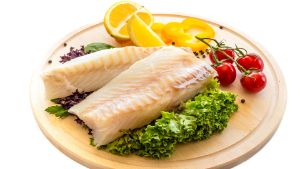 Cod is a low–fat dietary fish that contains a lot of proteins, B vitamins and phosphorus. It is often recommended by nutritionists in order to reduce or maintain body weight.
Cod is a low–fat dietary fish that contains a lot of proteins, B vitamins and phosphorus. It is often recommended by nutritionists in order to reduce or maintain body weight.
According to the data scientists from Norway, this type of fish is able to accelerate metabolism, quickly cause a feeling of satiety and ensure the proper passage of food particles through the gastrointestinal tract.
8. Sardines
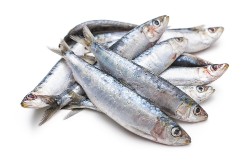 Sardine belongs to fatty fish varieties, which means it contains a large amount of polyunsaturated fatty acids (only 100 grams of fish is enough to meet the daily requirement).
Sardine belongs to fatty fish varieties, which means it contains a large amount of polyunsaturated fatty acids (only 100 grams of fish is enough to meet the daily requirement).
Sardine is also rich in calcium, iron, selenium and B vitamins.
The inclusion of sardines in the diet is associated with the following beneficial effects:
- Prevention of anemia caused by iron and cyanocobalamin deficiency;
- Improvement Cardiovascular Health;
- Decline cancer risk;
- Improvement cognitive sphere and prevention of neurodegenerative pathologies.
9. Herring
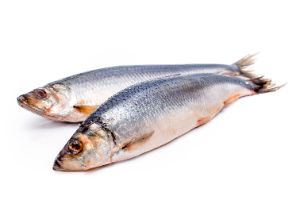 Herring also belongs to the sardine family, but stands out
higher vitamin B12 content. This feature allows it to be used for the treatment of B12-deficiency anemia and
improvements
of the cognitive sphere (
memory
,
attention
, thinking).
Herring also belongs to the sardine family, but stands out
higher vitamin B12 content. This feature allows it to be used for the treatment of B12-deficiency anemia and
improvements
of the cognitive sphere (
memory
,
attention
, thinking).
Also herring, according to the data by American researchers, it has a powerful anti-inflammatory effect comparable in action to nonsteroidal analgesics.
Fish reduces the risk of malignant tumors and certain diseases of the cardiological and endocrinological profiles.
10. Perch
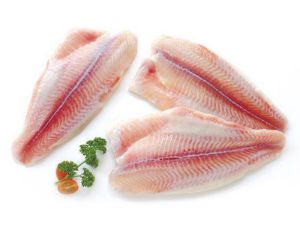 Perch is appreciated for its mild taste and special refined aroma.
Perch is appreciated for its mild taste and special refined aroma.
He contains large amounts of cobalt, manganese and chromium. These trace elements are involved in the work of all enzymatic systems of the body and in metabolism.
This freshwater fish prevents a number of violations of redox processes, reduces the likelihood of formation of excess fat deposits.
Harmful varieties
Of course, there are certain species of fish that are unsafe to include in the diet. These include:
- Wild sea bass. Has the highest level of mercury, which is toxic to the human body.
- Tile maker. Also contains a lot of mercury in the composition, it is extremely sensitive to storage conditions. It is better to stop using it.
- Atlantic bighead. The average age of the fish is 70-100 years old. Over a long life, it is able to accumulate large amounts of toxic substances.
- Royal mackerel. Is contraindicated for use among children and pregnant women due to the high concentration of mercury in fish meat.
- Swordfish. is characterized by high cost and is often the subject of counterfeits (cheaper varieties are used, caught or grown in violation of sanitary standards).
- Ruveta. Contains hempylotoxin– a wax ester that cannot be digested by digestive juices. This leads to the development of uncontrolled diarrhea followed by dehydration.
- Red snapper. Since the end of the last century, there has been a tendency to reduce the population of this fish. As a result, fishing and transportation require significant material costs. Fish are caught illegally and smuggled, which leads to non-compliance with storage conditions and significantly increases the risk of poisoning.
There is also a main rule for choosing fish. The larger the size, the longer the fish lived, which means that it accumulated a significant amount of toxic substances from sea or river water.
The best way to cook
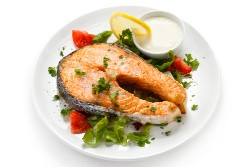 All positive properties can be reduced to zero if you choose the wrong cooking method.
All positive properties can be reduced to zero if you choose the wrong cooking method.
Steam treatment is the best option. This method eliminates prolonged exposure to high temperatures, which destroy most biologically active substances. At the same time, it reduces the concentration of harmful chemical components (mercury).
Less useful (in descending order) are:
- Boiling. Despite a slight decrease in biological potential, boiled fish retains most of its properties.
- Baking in the oven and grilling. With such methods, aromatic hydrocarbons are formed that can activate the processes of chronic inflammation in the body.
- Roasting. Frying (especially with vegetable oils) is the most harmful way of cooking. With this method of heat treatment, almost the entire volume of omega-3 fatty acids and vitamins is lost, and heterocyclic amines are additionally formed, contributing to the growth of malignant tumors.
It is important to note that eating fish raw is not recommended. Although in this way it is possible to obtain all valuable substances in their original form, this increases the risk of infection with parasites, as well as poisoning with mercury or bacterial toxins.
Smoked, dried, salted and pickled fish should also be avoided. In such dishes, the content of biologically active substances is sharply reduced, and if the technology is not followed, helminths or bacteria may be present. Dried fish is also dangerous, as it can cause the development of echinococcosis. But the use of canned fish is quite acceptable.
There are lots of healthy and delicious recipes using fish. The caviar of some fish is also appreciated in cooking.
Conclusion
- Thus, almost all fish species are rich in omega-3 polyunsaturated acids, vitamins (groups B and D), minerals and essential proteins.
- The use of some of them is associated with a number of health benefits: from improving cognitive performance to reducing the risk of developing cancerous tumors.
- In order to get the maximum benefit, you should carefully choose the method of heat treatment.
